Chose from these nature study activities.
Listen and Observe
Although you may not see the cicadas at first, their loud sounds are easy to identify, normally coming from trees where the insects have congregated. Some people dislike the loud, almost deafening sound. Others find it comforting.
Xenarchos (obviously a sexist) said, "Happy is the cicada, since its wife has no voice." It is true that the males are the ones who buzz and humm while the females are silent.
Keep your eyes open, for occasionally you will spot a dying cicada on the porch, possibly attracted to the light of your home. It will buzz around in a circle loudly when you go to prod it. Capture it in a jar and study it with a magnifying glass.
Collect
Collect the dead cicadas you find and add them to your insect collection. Take a tour of the back yard or neighborhood park, looking for the dried, brown exoskeletons that the cicadas leave behind. Look carefully on the bark of trees, especially pine trees, for these thin shells. Pluck them gently from the tree to keep all the legs in tact. To transport them home, cary a small box or simply attach them to your clothing. The legs still have rough grippers that will allow them to adhere to most woven fabrics with ease.
You may be fortunate enough to find a cicada in the process of emerging from its exoskeleton. Do not disturb it, but do take the chance to watch it carefully over the next few hours.
Sketch
Draw the cicada or its exoskeleton in your nature journal. Younger students may benefit from a coloring page (linked in the printables section below).
Read
After you've done your own observation, read some fact sheets or books about cicadas (options are listed below).
Make notes in your nature journal based on what you learned.


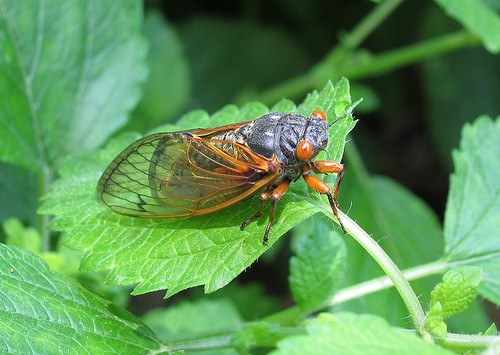
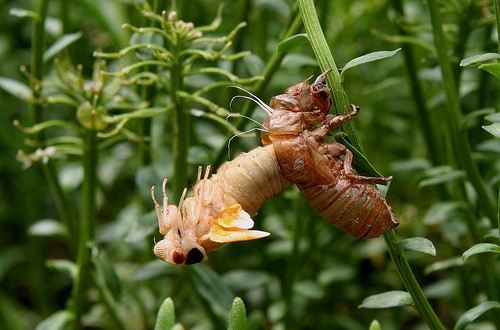
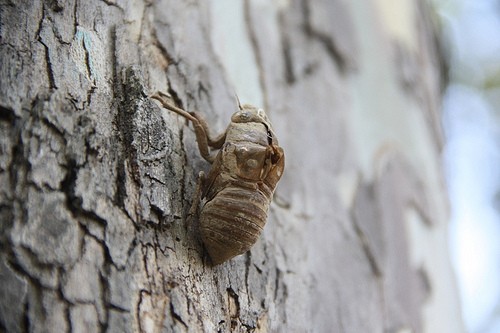

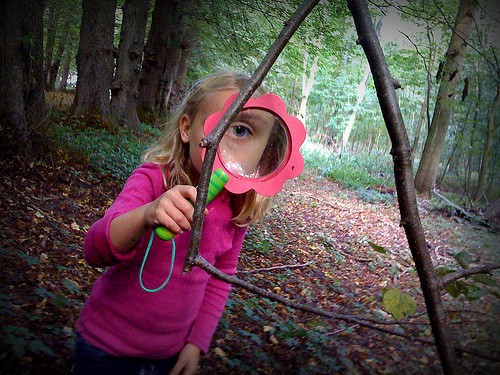






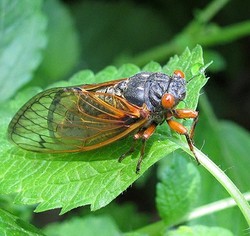

 Unique Uses for an Over the Door Shoe Organizeron 01/27/2012
Unique Uses for an Over the Door Shoe Organizeron 01/27/2012
 How to Get Pinned at Pintereston 01/27/2012
How to Get Pinned at Pintereston 01/27/2012
 Top Five Field Trip Destinations in Memphis, Tennesseeon 01/26/2012
Top Five Field Trip Destinations in Memphis, Tennesseeon 01/26/2012
 Maya Angelou Poet Studyon 01/22/2012
Maya Angelou Poet Studyon 01/22/2012

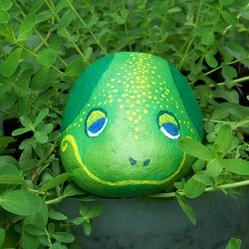
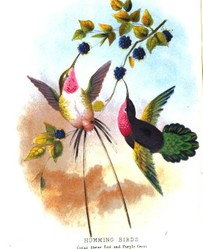
Comments
I remember the loud buzzing of the Cicadas when I lived in Florida. We used to see their skeletons all the time. They are fun bugs when they aren't screeching!
We don't have cicadas so we'll have to do an online nature study for this one! My son is currently fascinated by creatures that come from different parts of the world.